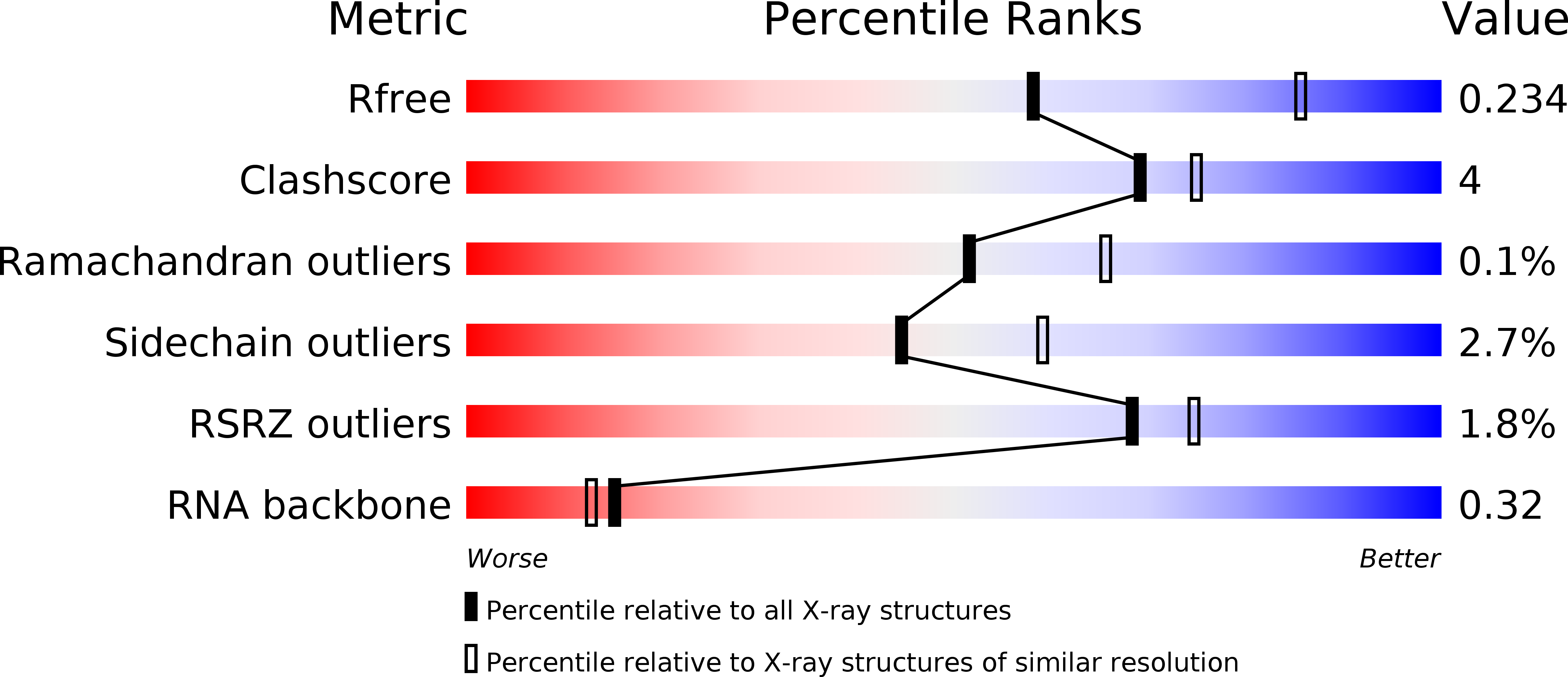
Deposition Date
2018-01-18
Release Date
2018-04-04
Last Version Date
2024-03-06
Entry Detail
PDB ID:
6C6K
Keywords:
Title:
Structural basis for preferential recognition of cap 0 RNA by a human IFIT1-IFIT3 protein complex
Biological Source:
Source Organism:
Homo sapiens (Taxon ID: 9606)
Equine encephalosis virus (Taxon ID: 201490)
Equine encephalosis virus (Taxon ID: 201490)
Host Organism:
Method Details:
Experimental Method:
Resolution:
2.54 Å
R-Value Free:
0.23
R-Value Work:
0.16
R-Value Observed:
0.17
Space Group:
P 1


